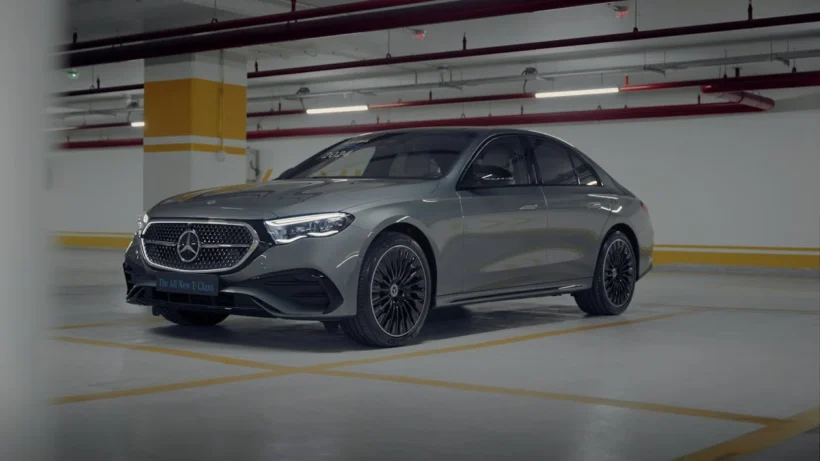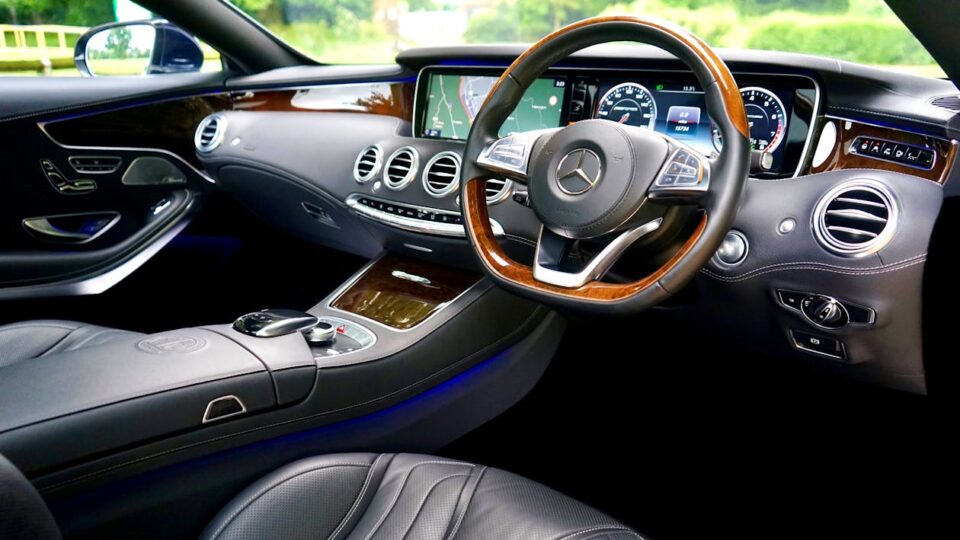As the sun set behind the horizon, casting a warm golden hue over the sleek curves of a newly unveiled vehicle, one could not help but feel a surge of excitement. The intricate dance of light and shadow on its surface told a story—one of creativity, innovation, and countless hours of meticulous appearance.
This connection is often felt when individuals stand before a masterpiece of automotive design. The impact of graphic design on modern car design permeates every aspect of the automobile, from its exterior aesthetics to the sophisticated interfaces within.
The evolution of automotive trends has shown that graphical communication in automobiles is not merely about looks; it shapes perceptions and influences consumer choices. Every line and curve serves a purpose, conveying the brand’s identity and catering to the desires of a diverse audience.
Engaging with such vehicles offers more than just transportation; it invites a deeper understanding of how design choices resonate on both an emotional and practical level, laying the groundwork for this exploration of its profound significance.
The Evolution

The journey of the automotive industry showcases a fascinating evolution driven by changing consumer tastes and technological advancements. Over the decades, the aesthetic appeal of vehicles has increasingly influenced purchasing decisions, while it has played an essential role throughout this transformation. Understanding automotive history helps to appreciate the impact of visual elements in crafting unique automotive identities.
Historical Overview of Car Aesthetics
The landscape of historical aesthetics of cars reveals varying philosophies spanning different eras. Early automobiles prioritized function over form, featuring utilitarian appearance aimed at performance and practicality. With time, manufacturers began to recognize the importance of style, leading to the emergence of iconic appearances that integrated curves, colors, and distinctive shapes. Brands such as Ford, Chevrolet, and Porsche have established their legacies through innovations in both functionality and visual appeal, reflecting shifts in consumer preferences and cultural trends.
Integration in Automotive Development

Graphic design in automotive development encompasses more than just logo placement; it extends to every element that shapes a car’s visual identity. From exterior paint schemes to interior displays, graphic design has become integral to brand differentiation and emotional connection. Logos, typography, and color palettes work in harmony to evoke feelings and establish brand reliability. As automotive manufacturers continue to elevate their designs, the seamless integration of aesthetic choices and graphic elements remains crucial in influencing buyer perception and loyalty.
Role of New Technologies
The emergence of digital technologies has transformed automotive design, creating streamlined workflows that enable designers to enhance creativity and efficiency. Digital tools allow for precise modeling and visualization, making it easier to iterate on concepts and share ideas with teams.
How Digital Tools Revolutionized the Appearance of Vehicles
Digital technologies facilitate unprecedented accuracy and speed in automotive design and production. Tools such as computer-aided (CAD) software have become standard across the industry. These innovations help designers create intricate models that can be easily modified and tested before being manufactured. As a result, the process has become more collaborative, allowing engineers and designers to work closely and refine ideas rapidly.
Benefits of Using 3D Modeling
3D modeling in the automotive industry plays a critical role in visualizing concepts from multiple angles, enabling designers to assess form and function in a virtual environment. With Virtual Reality (VR), stakeholders can immerse themselves in the design space, making real-time modifications and experiencing the vehicle’s design as if it were already produced. This dynamic approach helps ensure that potential issues are identified early, reducing costly revisions and enhancing overall design quality.
Impact of Machine Learning on Aesthetic Decisions
The influence of machine learning in design aesthetics is becoming increasingly prominent. By analyzing vast sets of design data, machine learning algorithms generate insights that inform aesthetic choices, providing designers with innovative suggestions based on consumer preferences and emerging trends. This application of data-driven insights helps automotive companies stay ahead of the curve, ensuring that new models reflect the latest market demands while maintaining a strong visual identity.
User Experience and Ergonomic Interface

The modern automotive landscape increasingly prioritizes user-centric designs, significantly enhancing user experience in automobiles. Ergonomic interface design facilitates interactions between drivers and their vehicles, ensuring comfort and accessibility. By focusing on these critical aspects, manufacturers can improve driver satisfaction and safety.
Importance of User-Centric Approach in Modern Automobiles
User-centric design plays a pivotal role in creating vehicles that cater to the needs and preferences of drivers and passengers. This approach enhances the overall usability of automotive features, such as controls and displays. A well-thought-out ergonomic interface design minimizes distractions and increases operational efficiency. As a result, drivers can focus more on the road, contributing to a safer driving environment.
Aesthetic Appeal of Car Interiors and Dashboards
Beyond functionality, the aesthetic appeal of car interiors significantly influences consumer choices. Manufacturers like BMW and Audi prioritize not only the usability but also the visual attraction of their dashboard designs. A harmonious blend of materials, colors, and layouts creates an inviting atmosphere within the vehicle, enhancing the overall driving experience. Such attention to detail fosters a connection between the driver and their car, making each journey more enjoyable.
Infotainment System Interfaces: Balancing Functionality and Style

The introduction of advanced infotainment system interfaces requires a delicate balance between functionality and style. These systems must be intuitive while providing access to essential features, such as navigation and smartphone integration. Automotive brands like Tesla have excelled in creating visually appealing, user-friendly interfaces that elevate the user experience in automobiles. Mingling style with functionality ensures drivers remain engaged without compromising safety.
Conclusion
The discussion throughout this article has highlighted the profound summary of graphic design’s impact on cars, emphasizing its vital role in modern automotive design. From the inception of a car’s aesthetic vision to the final product on the showroom floor, graphic design shapes not only how vehicles look but also how they resonate with consumers. As automotive brands strive to establish unique identities in a competitive marketplace, the integration of graphic elements becomes crucial.

